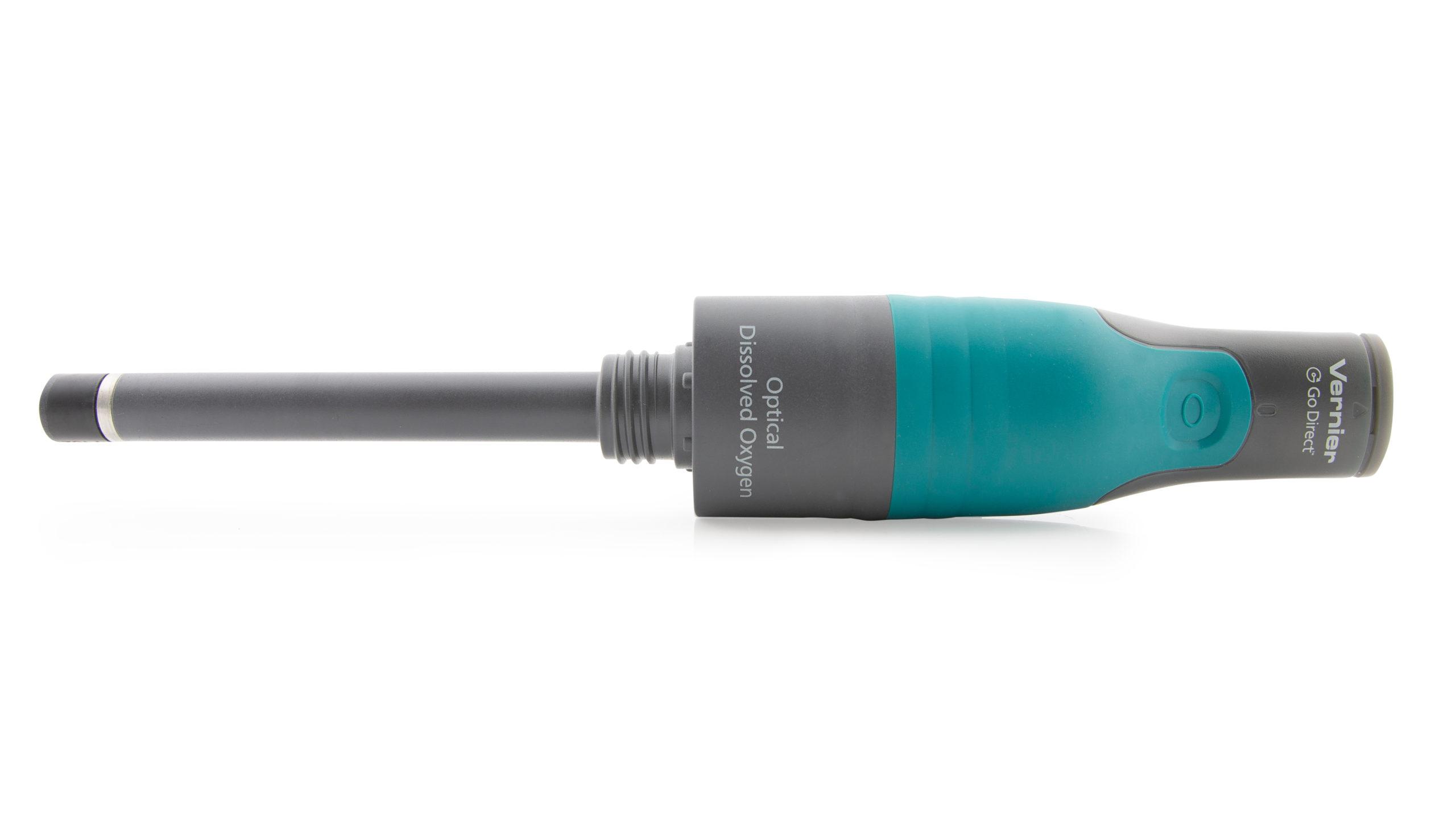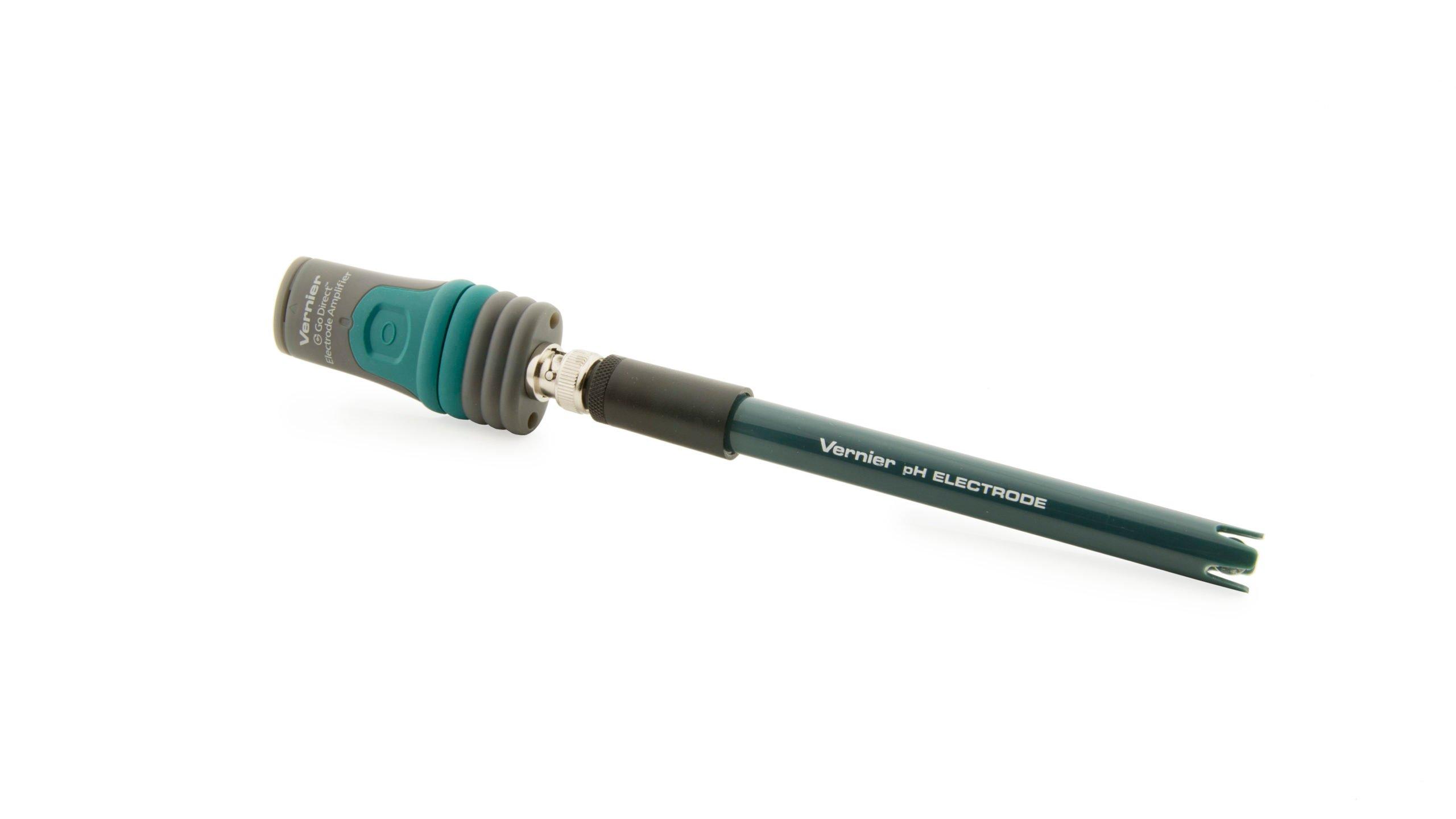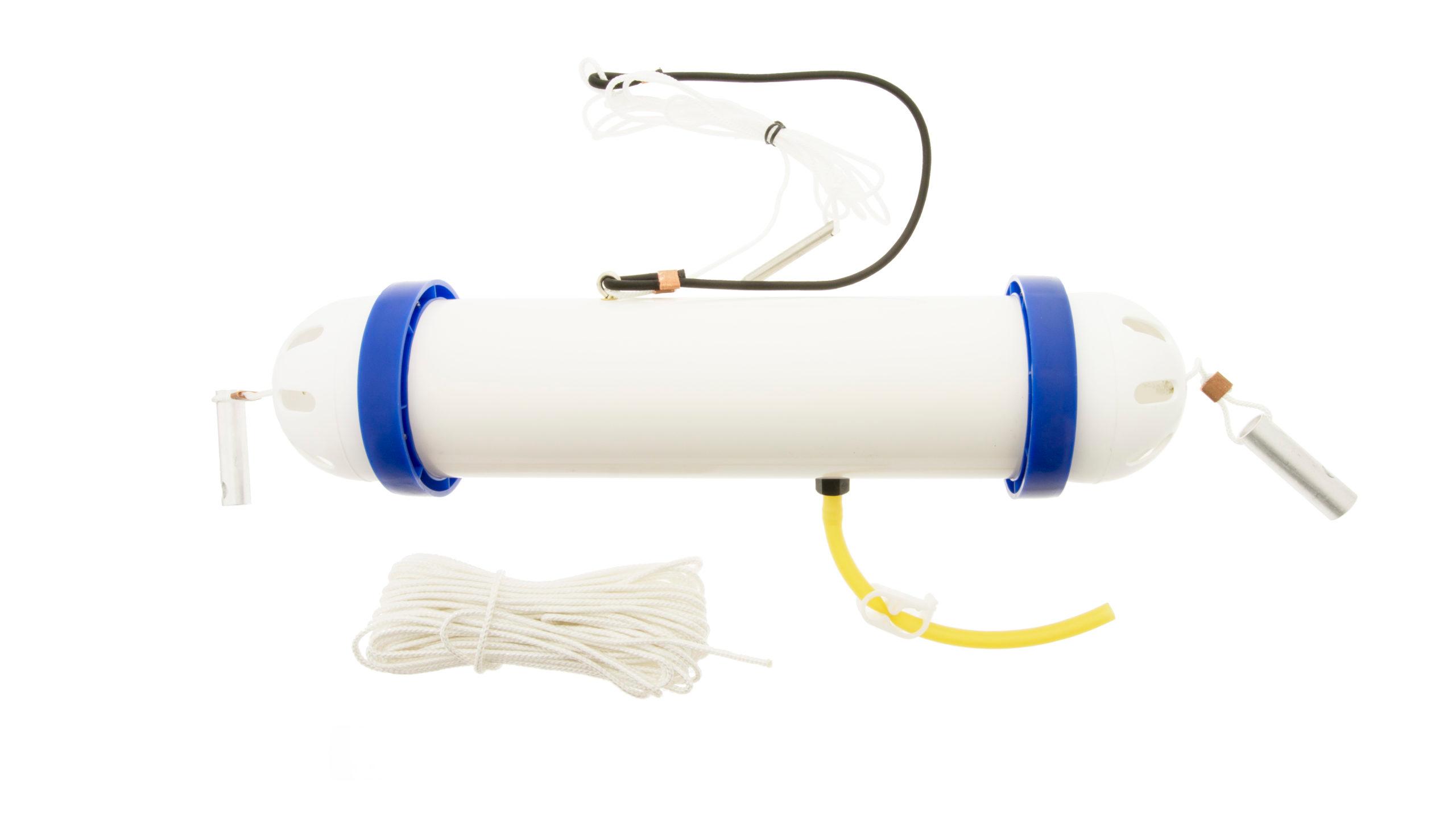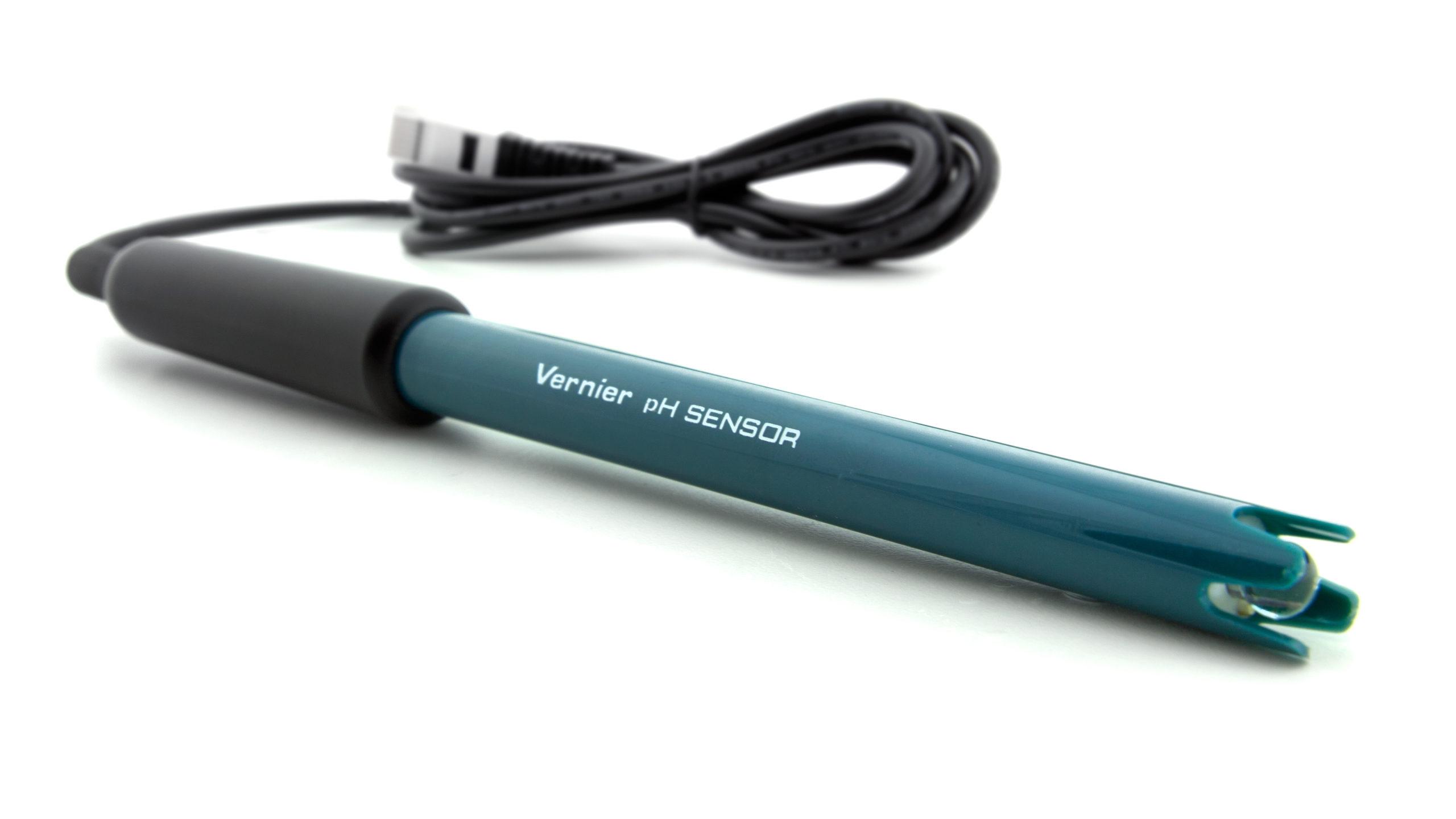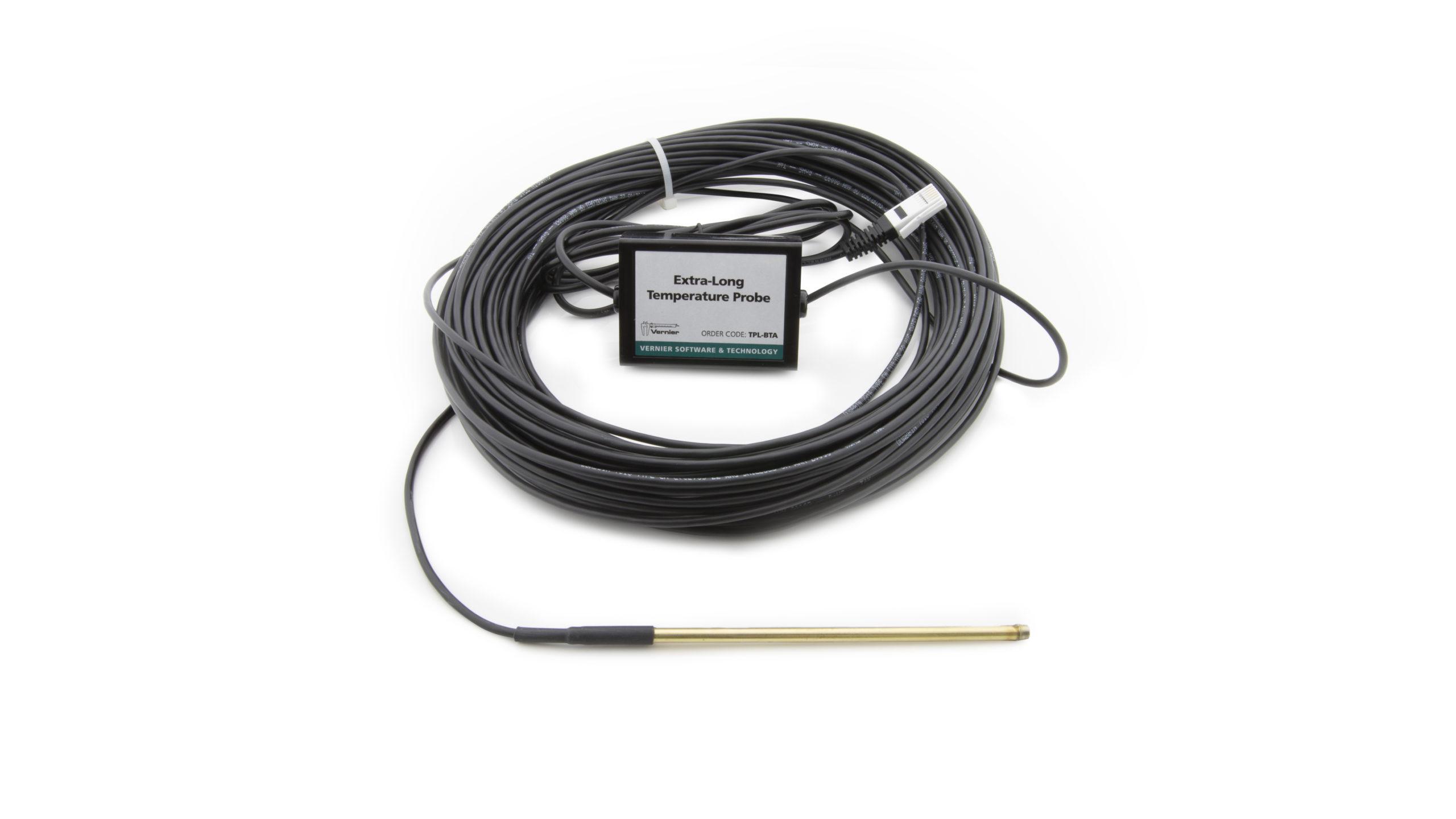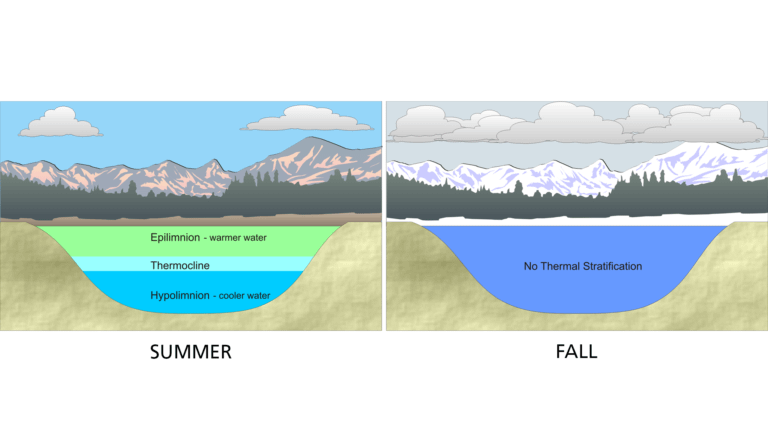
Introduction
Lakes are different from streams and rivers because the water they contain is not quickly replaced by fresh water. In a lake, the flushing and changing of water can take anywhere from a year to 100 years, depending on the size of the lake and the watershed that flows into it. This makes lakes very susceptible to damage by pollution. Acid deposition is common in lakes and can result in acid shock if a lake has a low alkaline content or if the soils surrounding it have very little acid-neutralizing capacity. Acid shock can damage or kill aquatic life in the lake.
The density of water increases as the temperature decreases. When water reaches 4°C its density begins to decrease until it freezes. Because the density of water differs with temperature, lakes undergo a process known as thermal stratification. In summer, thermal stratification separates a lake into different regions at different depths. This prevents mixing of water and nutrients between the lake surface and the lake bottom. In winter, the water temperature decreases at the surface, and the cooler water sinks to the lake bottom. Because the water at the bottom of the lake is warmer than the sinking surface water, it begins to rise to the surface. This causes a mixing of the water, which brings nutrients from the bottom to the surface, and dissolved oxygen in the surface waters to the bottom.
In this experiment, you will investigate thermal stratification and how it affects the placement of nutrients and dissolved oxygen. You will be taking water samples at various depths throughout the lake. The water will then be analyzed for dissolved oxygen (DO), pH, and total dissolved solids (TDS). An extended Temperature Probe will then be used to measure water temperature at the same depths the water samples were taken from.
Objectives
In this experiment, you will
- Use a Water Depth Sampler to collect water samples at different depths in the lake.
- Measure DO, pH, and TDS of the collected water samples.
- Use a Temperature Probe to measure water temperature at various depths.
Sensors and Equipment
This experiment features the following sensors and equipment. Additional equipment may be required.
Ready to Experiment?
Ask an Expert
Get answers to your questions about how to teach this experiment with our support team.
- Call toll-free: 888-837-6437
- Chat with Us
- Email support@vernier.com
Purchase the Lab Book
This experiment is #21 of Biology with Vernier. The experiment in the book includes student instructions as well as instructor information for set up, helpful hints, and sample graphs and data.


